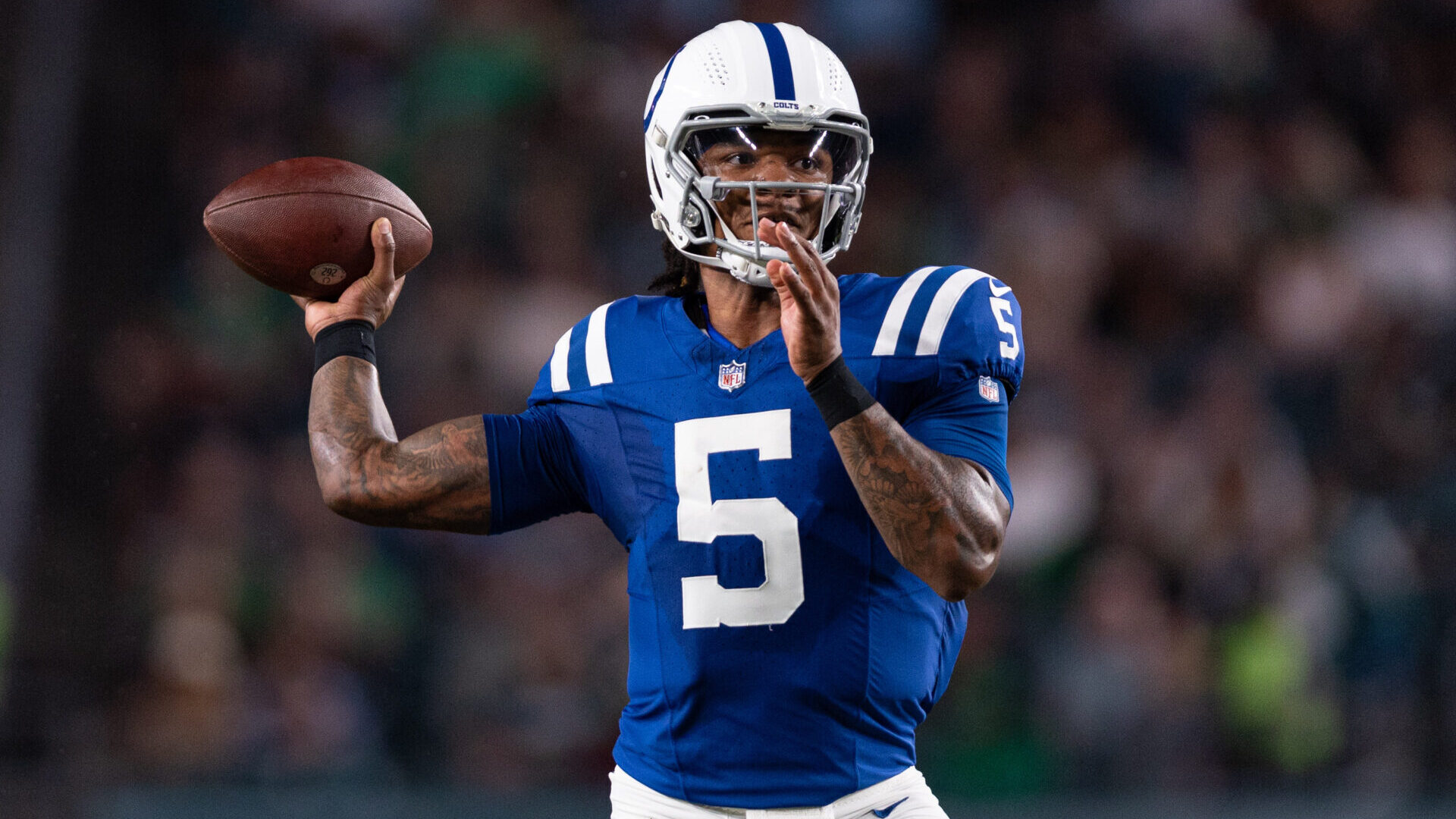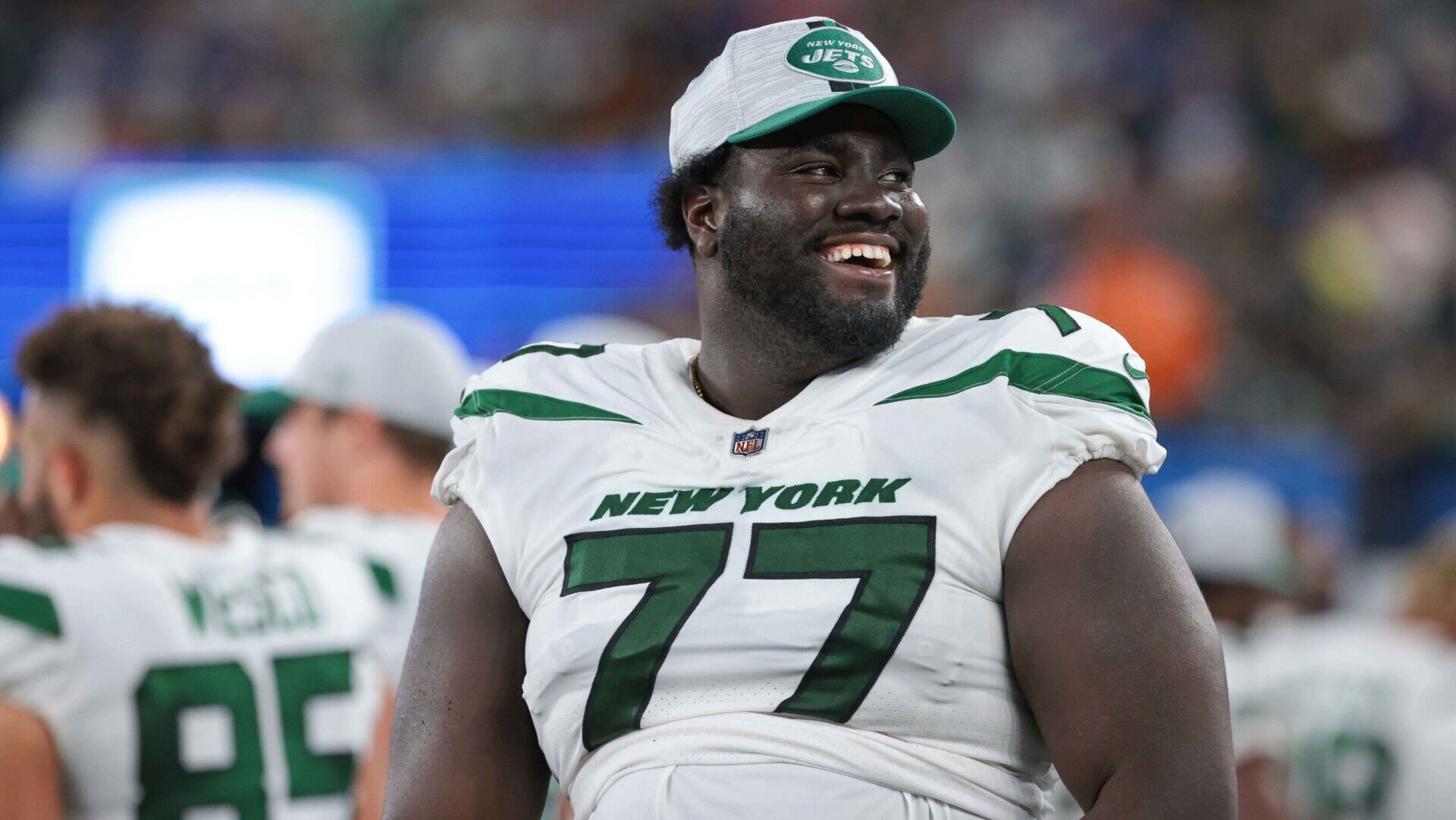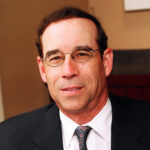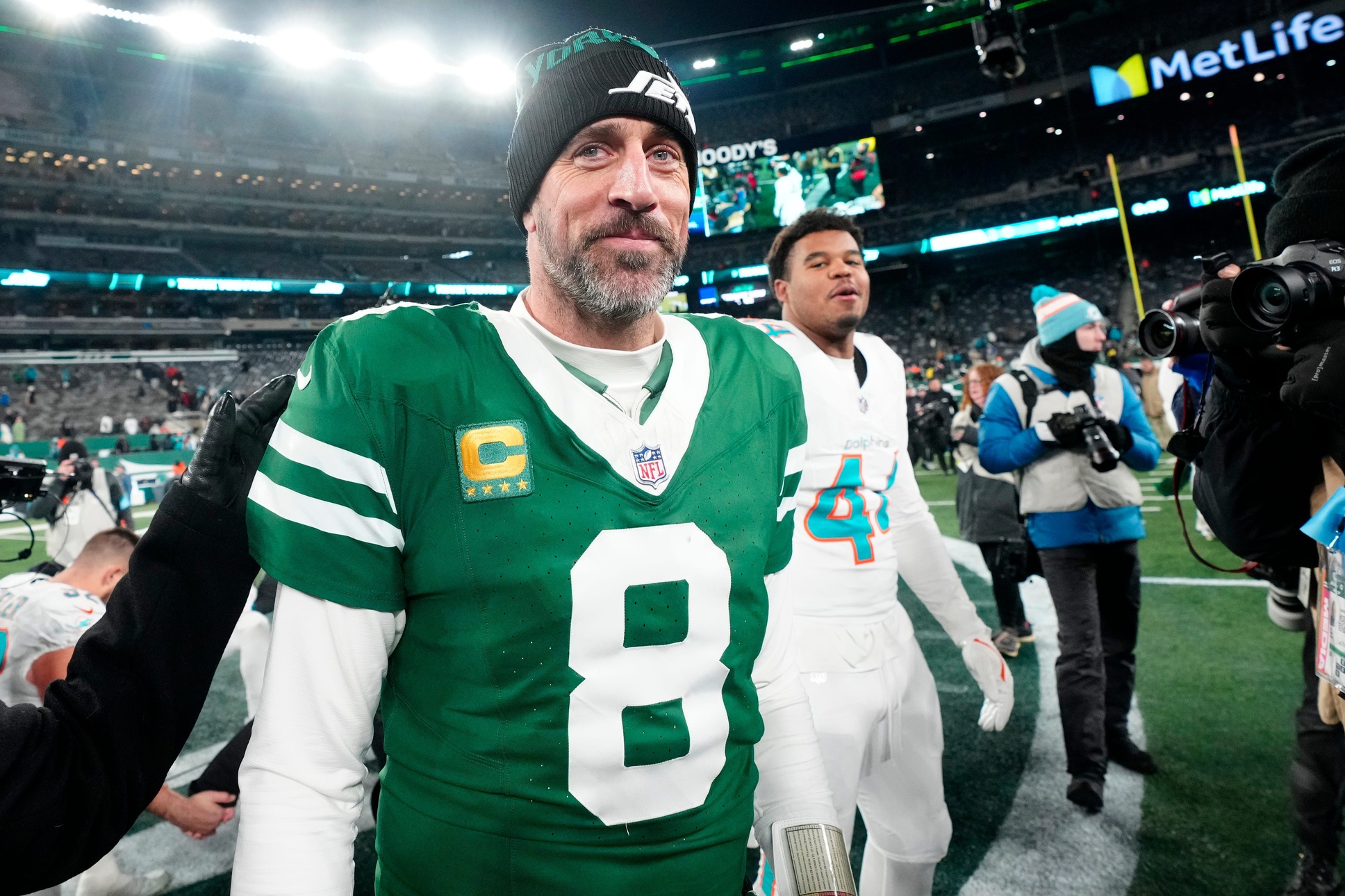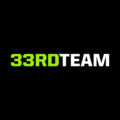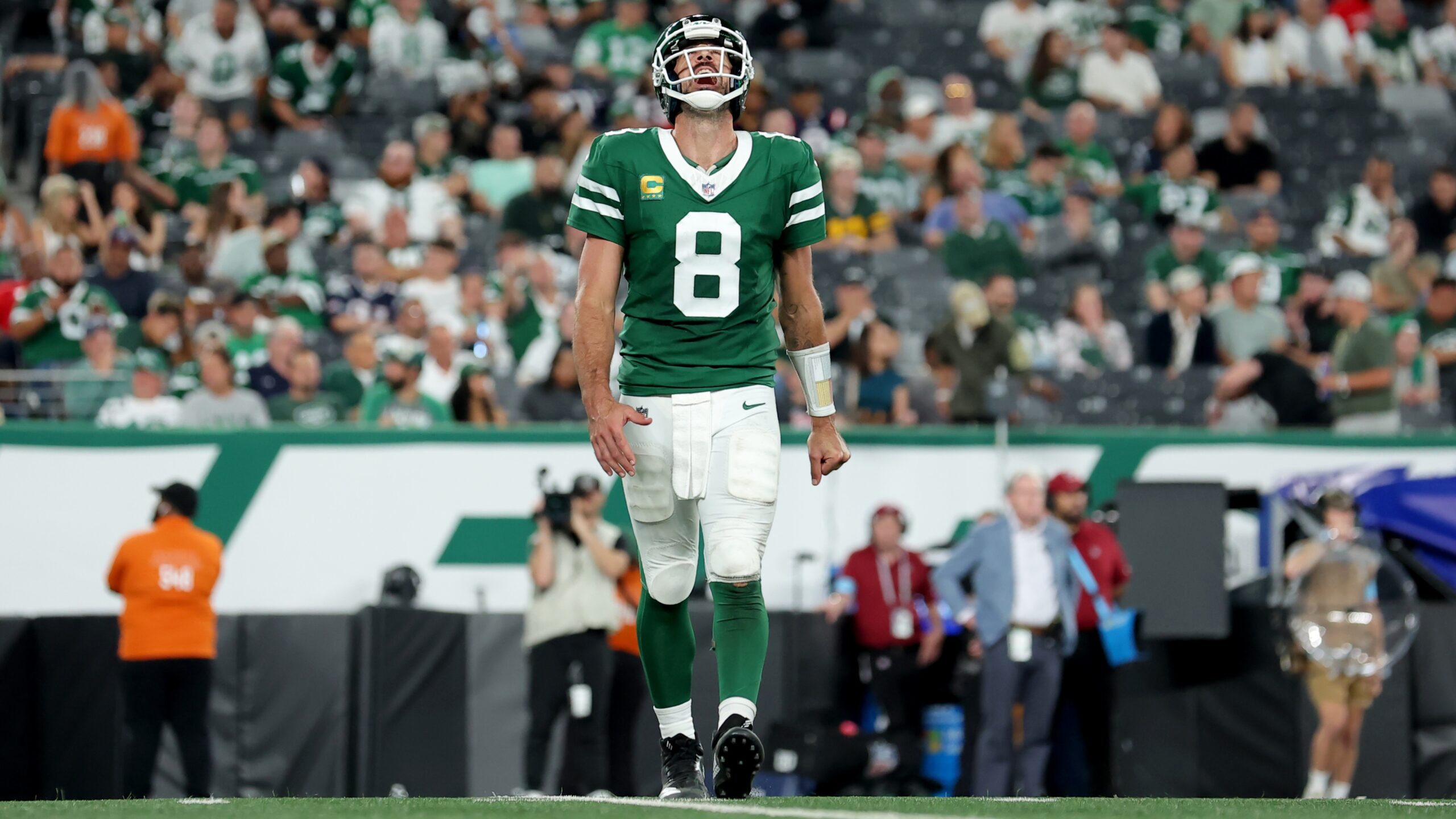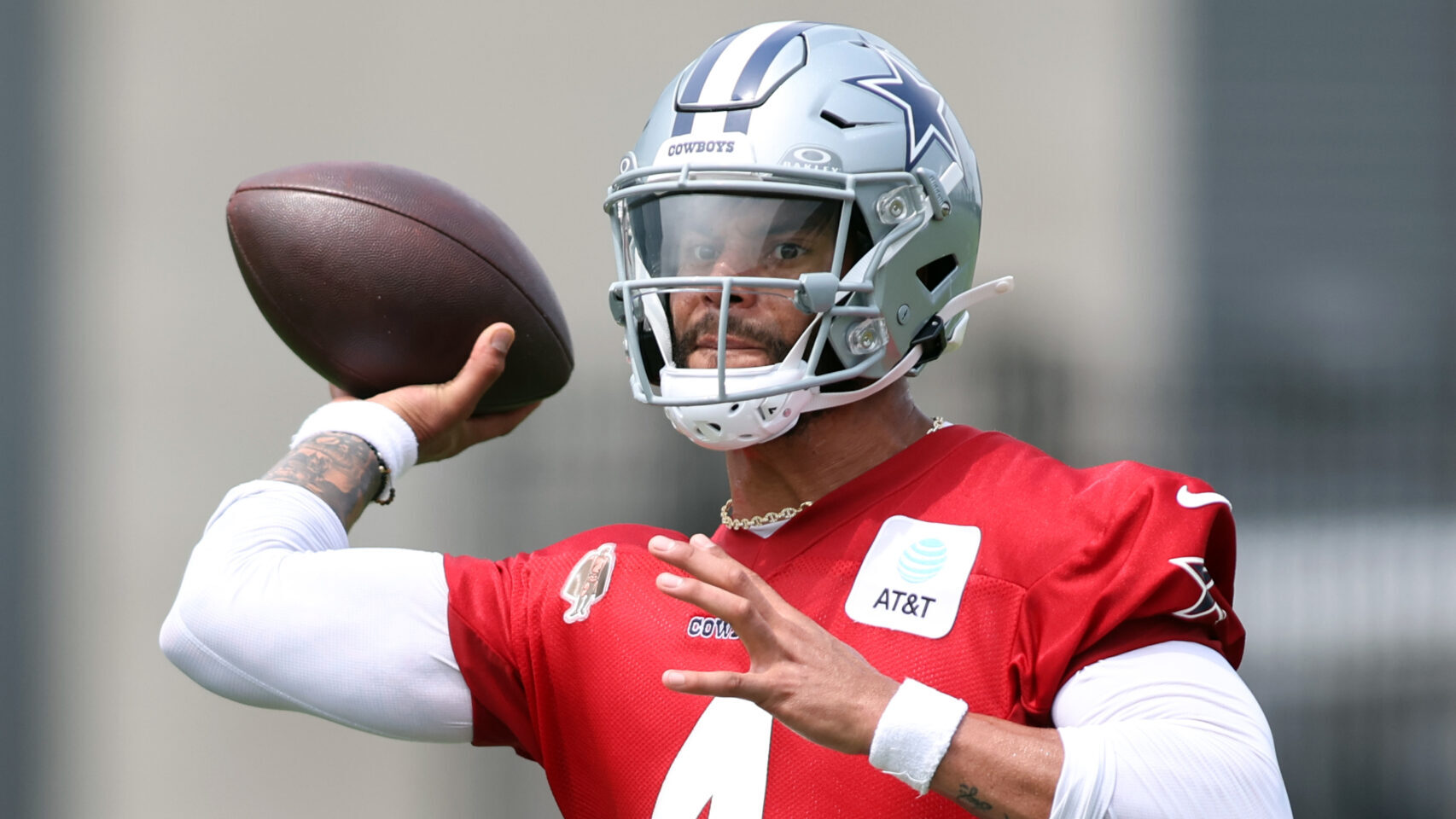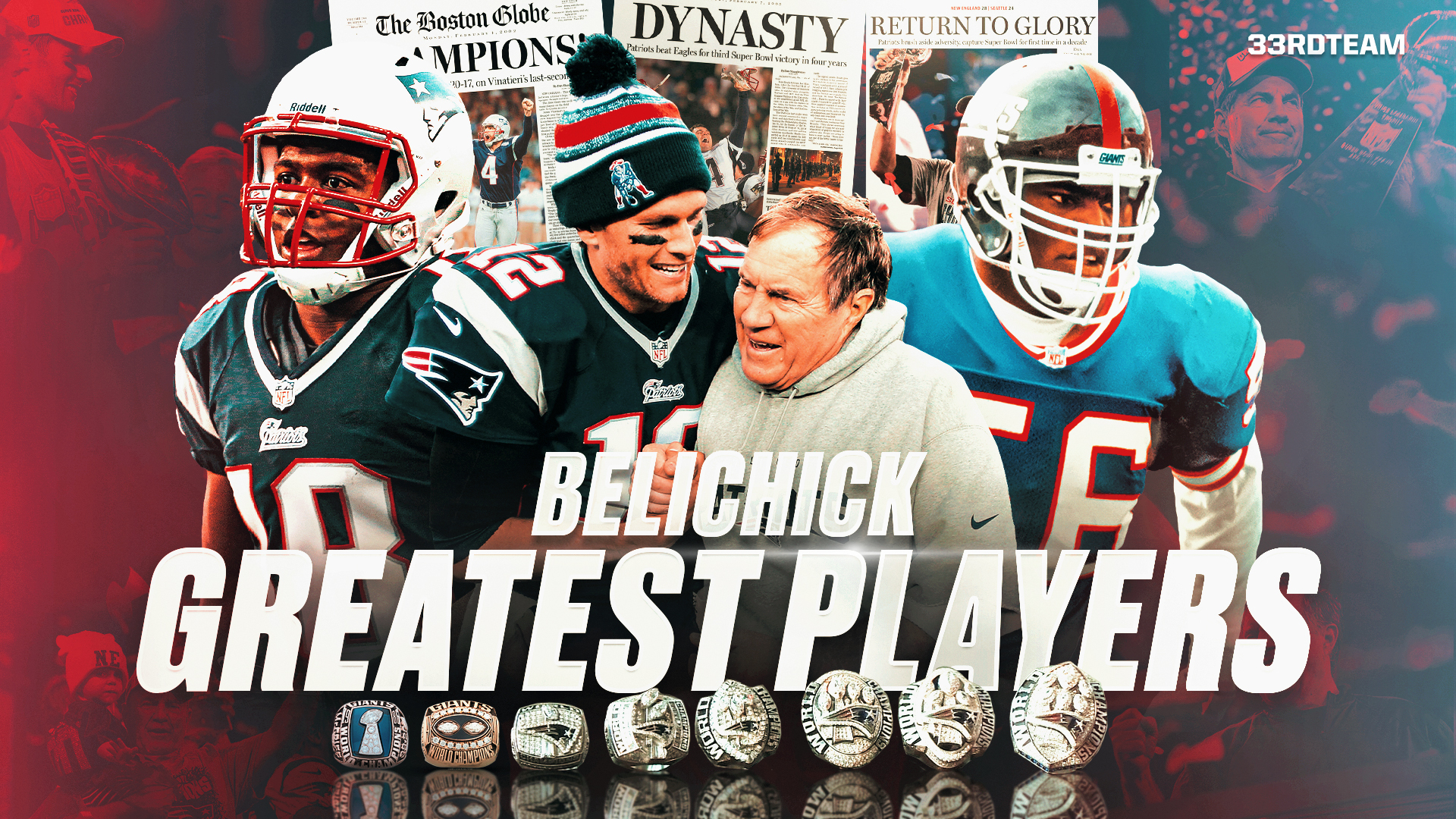Analysis
8/28/23
7 min read
Growing QB Problem Presents Need for NFL Player Development League
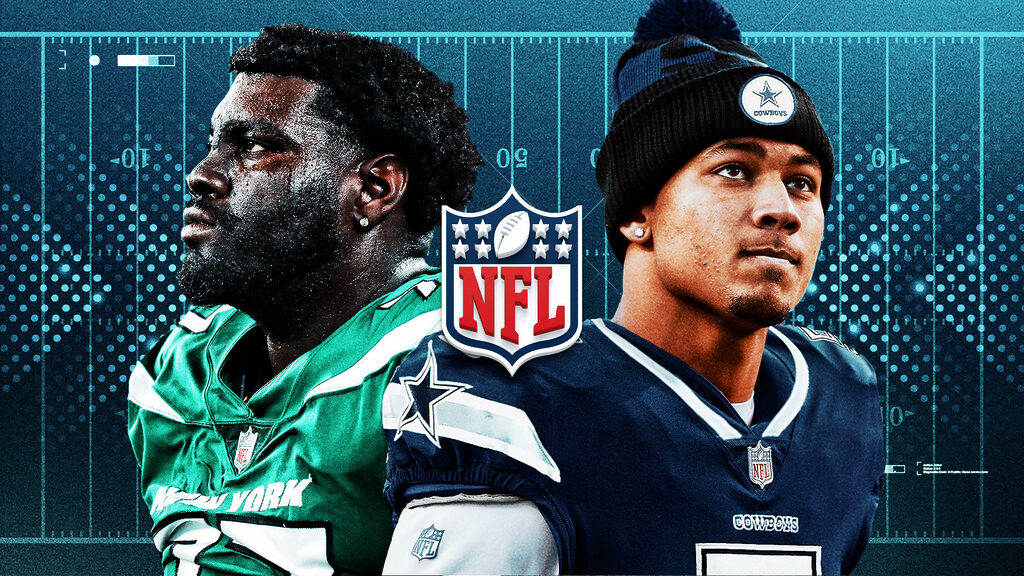
Trey Lance is proof the NFL needs a developmental program.
But will Dallas Cowboys owner Jerry Jones have the guts to sell that idea to NFL Commissioner Roger Goodell and his fellow owners? Better yet, will Jones understand a developmental program could be done for no cost and perhaps even a profit?
Also, will San Francisco 49ers owner Jed York think the three first-round picks and the $34.1 million he spent before trading Lance to the Cowboys for a fourth-round pick deserved a small effort to give Lance the one factor he little of when he was drafted?
That one factor? Experience.
NFL's Experience Problem
Lance is the latest and greatest example of a significant flaw the NFL has in drafting quarterbacks. As much as physical skills play an important role in the success of quarterbacks, the pure act of playing the position for some minimum amount of time is critical to success.
Since 1990, there have been 86 quarterbacks drafted in the first round. Of those, 12 threw less than 600 passes at the college level. None of those 12 have led their team to as much as a Super Bowl appearance. Alex Smith was a backup with San Francisco in 2012 when the 49ers made the title game against Baltimore.
Of the other 74 quarterbacks selected, 14 have led their team to a Super Bowl appearance and started 22 times. Of those, eight have combined to win 14 championships. Each of those eight threw at least 865 passes in college.
While some of those players are less than auspicious (Trent Dilfer was never a star), many have been dominant (Patrick Mahomes, Peyton Manning and Aaron Rodgers).
The simple point is this: At a certain point, experience matters. Right now, the NFL doesn’t have any formal way and no great desire to remedy the issue.
“You can’t tell (Goodell) that the game is bad, and they need to find a way to train young players,” Hall of Fame executive Bill Polian said after immediately pointing out that the NFL is the only major professional league without a developmental program.
MLB has its extensive minor league. The NBA has the G League. The NHL has both minors and youth formal youth programs.
“His response is always that the ratings are up, and they’re making more money than they ever have, so why should they spend on player development? They have the college game for that,” Polian, a contributor for The 33rd Team, said.
That point regarding Goodell, an economics major in college who has been a hardline negotiator throughout his career, isn’t necessarily wrong. Additionally, it is difficult to convince his billionaire bosses to spend when they don’t think they have to.
A Growing QB Problem?
The league tried it in the past with mediocre results. In the 1990s and early 2000s, the NFL had overseas development programs like NFL Europe and the World League of American Football. Despite developing players like Kurt Warner and Jake Delhomme, owners griped about the expense and knew they could make money by exporting games to Europe.
The NFL might be facing a growing problem. Of the 12 members of what might dubiously be called the “Under-600 Club,” six have been drafted in the past seven years. Three of those players (Lance, Mitchell Trubisky and the late Dwayne Haskins) were released by their original teams. Mac Jones and Kyler Murray have been inconsistent and/or injured. The sixth is rookie Anthony Richardson.
This table shows the six players in the Under-600 Club and how many college pass attempts they had.
| Name | Pass Attempts |
| Trey Lance | 318 |
| Anthony Richardson | 393 |
| Kyler Murray | 519 |
| Mac Jones | 556 |
| Mitchell Trubisky | 572 |
| Dwayne Haskins | 590 |
The desire of NFL teams to draft players who have shown even an inkling of talent is pushing inexperienced quarterbacks up draft boards more than ever.“There are a lot of guys out there who are just not ready,” said former coach Mike Martz, who saw what NFL Europe and playing in the Arena League did for Warner on the way to the Hall of Fame.
“Nothing replaces playing. Now, there are a lot of qualities that you have, or you don’t, like the ability to be accurate or see and anticipate what’s going to happen,” said Martz, who can reel off three or four plays he remembers simply talking to Warner about and then seeing Warner execute it on the field.
“But you have to get out there and play. You can practice all you want, but you have to see the game at real speed to understand what it’s like,” Martz, a contributor for The 33rd Team, said.
All of which gets to the point: How do you do it?
What Should a New League Look Like?
Agent Don Yee, who has represented the likes of quarterback Tom Brady and coach Sean Payton in his career, spent the better part of a decade trying to start a developmental league. He is convinced a league is not only necessary for the hundreds of players who need experience — such as Lance and New York Jets OT Mekhi Becton — but it can break even or make money.
“Not only can it be done, but it will engage fans in a more authentic sporting way and be a successful business,” Yee said. “One thing that has been disappointing to me for some time is that doing a great job of helping young athletes become better than ever, but the industry isn’t giving them a proper platform to nurture their skills.”
Polian, Martz and Yee agree a developmental league would do best under the following parameters.
- A three- or four-game schedule. Unlike the XFL, the Arena League and other alternative leagues trying to sell “seasons,” the NFL needs only a limited time to get people the necessary reps. In three to four games, quarterbacks could get roughly 100 to 120 throws. Offensive linemen might get 150 to 200 reps. Other players would get similar work.
- Selling the league would be possible – The combination of a short season (so that fans don’t get tired of lesser-caliber play) and the presence of known players such as Lance would make the product more attractive.
- Centralizing the league cuts down on cost. Unlike current spring leagues, the NFL developmental league could mirror MLB’s Arizona Fall League by having all the teams and players in one area, such as Orlando or San Antonio. Since the league's point is to cut expenses and provide a product that can be easily televised or streamed, this keeps costs under control.
- One of the main concerns head coaches have had is that having a player (particularly a quarterback) away from the team for any length of time prevents them from being taught the offense or defense. Polian noted all NFL teams have a supply of young assistants who could serve as coaches in a development league and maintain consistent teaching.
Conclusion
The bottom line is the NFL increasingly needs an answer to a growing problem that is becoming costly for teams. Lance’s case is a prime example that was costly for the 49ers. At the same time, the failure of Trubisky in Chicago, of Haskins in Washington, and the inconsistencies of Jones and Murray have put all those teams in tailspins.
The 49ers survived the Lance situation because they drafted Brock Purdy last year.
Then again, Purdy is a prime example of how valuable experience is. He was a three-year starter at Iowa State and threw a total of 1,467 passes. That’s more than four times as many as Lance threw in college.
While Lance might be more athletically gifted than Purdy, with better speed, size and strength, playing quarterback is much less about pure athletic ability and more about knowing what to do. If speed and strength were the prime factors, Tom Brady wouldn’t have seven rings.
Jason Cole has covered or written about pro football since 1992. He is one of 49 selectors for the Pro Football Hall of Fame and has served as a selector since 2013. Cole has worked for publications such as Bleacher Report, Yahoo! Sports, The Miami Herald and The Fort Lauderdale Sun-Sentinel. You follow Jason on Twitter @JasonCole62.

